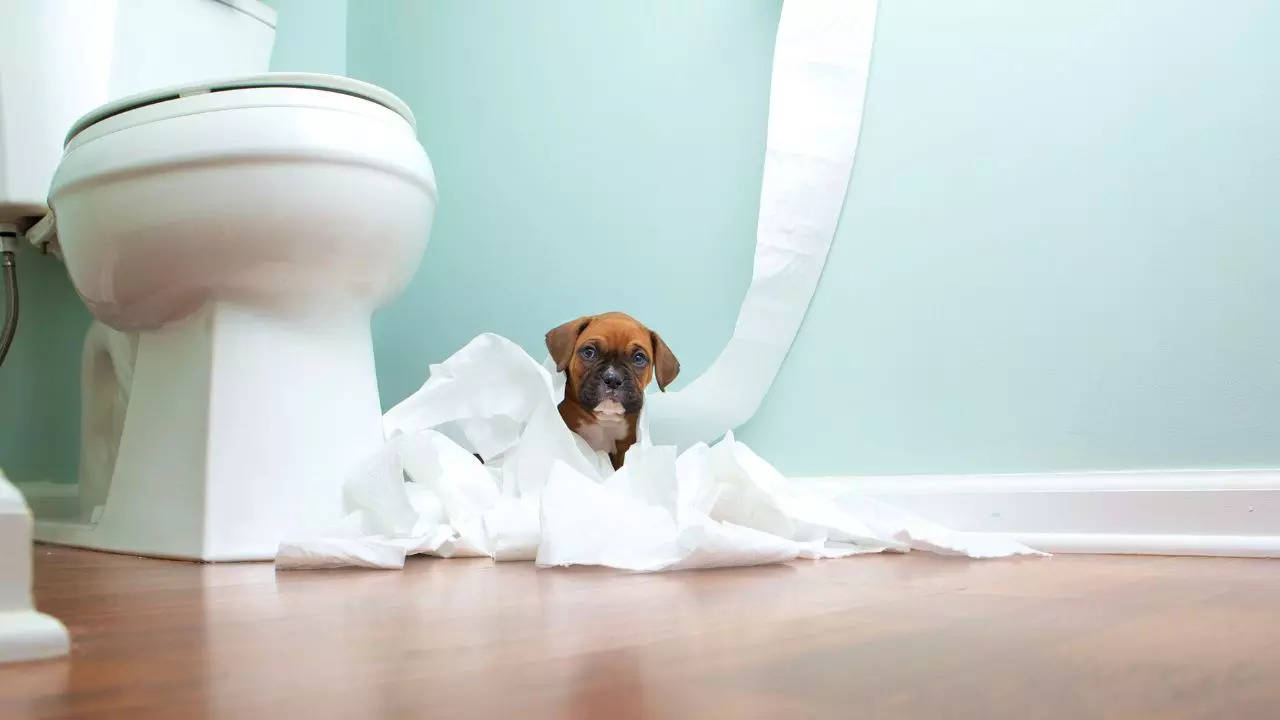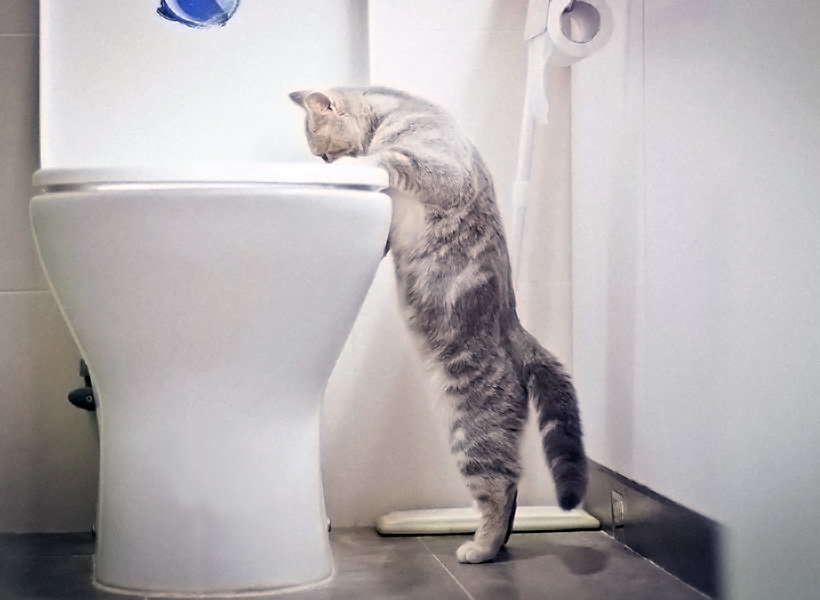An Perils of Flushing Animal Waste Down the Toilet
An Perils of Flushing Animal Waste Down the Toilet
Blog Article
This post below on the subject of Can You Flush Dog and Cat Poo Down the Toilet? is extremely entertaining. Read it yourself and figure out what you think about it.

When it involves dealing with waste, particularly animal waste, many people commonly resort to the practical alternative of flushing it down the bathroom. Nevertheless, this apparently easy option can have significant repercussions for the atmosphere and public health. In this article, we'll explore why flushing animal waste down the commode is a negative idea and supply different techniques for proper disposal.
Introduction
Correct waste disposal is essential for keeping environmental sustainability and public health. While it might appear harmless to flush animal waste down the bathroom, it can lead to numerous concerns, both for the atmosphere and human well-being.
Dangers of flushing animal waste
Environmental impact
Flushing pet waste introduces dangerous germs and microorganisms into rivers, which can negatively influence marine communities. These pathogens can pollute water sources and injury marine life, interfering with fragile communities.
Public health problems
Animal waste consists of dangerous microorganisms such as E. coli and Salmonella, which can position serious health dangers to humans. Purging animal waste down the commode can contaminate water supplies, bring about the spread of illness and infections.
Alternatives to flushing
As opposed to flushing animal waste down the commode, there are numerous different disposal approaches that are much more environmentally friendly and sanitary.
Composting
Composting pet waste is an environmentally friendly way to dispose of it. By composting, raw material is broken down into nutrient-rich dirt, which can be utilized to fertilize gardens and plants.
Land fill disposal
Taking care of animal waste in a land fill is one more option. While not as environmentally friendly as composting, it is a safer choice to flushing, as it prevents the contamination of water sources.
Pet dog garbage disposal systems
There are specialized pet dog garbage disposal systems available that securely and hygienically dispose of pet waste. These systems usually utilize enzymes to break down waste and remove odors.
Steps to appropriate pet waste disposal
To guarantee proper disposal of pet waste, comply with these steps:
Scooping and bagging waste
Frequently scoop and bag pet waste making use of eco-friendly bags. This avoids waste from contaminating the environment.
Utilizing designated waste containers
Dispose of bagged pet waste in designated waste bins, such as garden compost containers or garbage dump bins. Stay clear of flushing it down the toilet whatsoever prices.
Cleansing can and animal locations consistently
Frequently clean litter boxes and family pet locations to stop the build-up of waste and bacteria. Usage pet-safe cleaning items to keep hygiene.
Benefits of proper disposal techniques
Embracing appropriate disposal techniques for animal waste offers numerous advantages:
Minimized environmental pollution
Appropriate disposal techniques reduce the risk of environmental pollution, protecting rivers and ecological communities from contamination
Decreased danger of water contamination.
By avoiding flushing pet waste down the bathroom, the risk of water contamination is dramatically reduced, securing public health.
Boosted cleanliness and hygiene
Correct disposal techniques promote far better cleanliness and health, producing a much safer setting for both human beings and animals.
Verdict
To conclude, purging pet waste down the toilet is harmful to the website setting and public health. By adopting different disposal techniques and following proper waste monitoring practices, we can minimize the unfavorable impact of pet waste and add to a cleaner, much healthier planet.
What To Do With Dog Poo – The Do's And Don'ts Of Disposing Of Faeces
Dog poo bins
Some councils provide dedicated dog waste bins in popular dog-walking areas that can take dog poo that has been bagged but you can legally dispose of dog waste in any public litter bin, as long as it is securely bagged. This also applies to your wheelie bin at home.
Do not flush
Water companies do not recommend flushing dog faeces down the toilet because certain parasites can survive the water processing treatment and are potentially harmful to humans. You should also never consider flushing dog poo that has been bagged down the toilet as the bags will not break down and instead create severe blockages in the sewage system.
In the woods
The Forestry Commission promotes a ‘stick and flick’ method for dealing with waste in the woods. This means finding a stick and using it to flick any poo from off the path so that it is out of the way of other walkers. You could also bury it as long as it is not in an area where there might be livestock.
Livestock
Parasites found in dog poo can be transmitted to livestock if they inadvertently eat infected faeces that has been left on grazing land. This could result in the death of sheep or abortion in cattle so you should always make sure you pick up your dog’s waste in fields where livestock could be present.

Frequently clean litter boxes and family pet locations to stop the build-up of waste and bacteria. Usage pet-safe cleaning items to keep hygiene.
Benefits of proper disposal techniques
Embracing appropriate disposal techniques for animal waste offers numerous advantages:
Minimized environmental pollution
Appropriate disposal techniques reduce the risk of environmental pollution, protecting rivers and ecological communities from contamination
Decreased danger of water contamination.
By avoiding flushing pet waste down the bathroom, the risk of water contamination is dramatically reduced, securing public health.
Boosted cleanliness and hygiene
Correct disposal techniques promote far better cleanliness and health, producing a much safer setting for both human beings and animals.
Verdict
To conclude, purging pet waste down the toilet is harmful to the website setting and public health. By adopting different disposal techniques and following proper waste monitoring practices, we can minimize the unfavorable impact of pet waste and add to a cleaner, much healthier planet.
What To Do With Dog Poo – The Do's And Don'ts Of Disposing Of Faeces
Dog poo bins
Some councils provide dedicated dog waste bins in popular dog-walking areas that can take dog poo that has been bagged but you can legally dispose of dog waste in any public litter bin, as long as it is securely bagged. This also applies to your wheelie bin at home.
Do not flush
Water companies do not recommend flushing dog faeces down the toilet because certain parasites can survive the water processing treatment and are potentially harmful to humans. You should also never consider flushing dog poo that has been bagged down the toilet as the bags will not break down and instead create severe blockages in the sewage system.
In the woods
The Forestry Commission promotes a ‘stick and flick’ method for dealing with waste in the woods. This means finding a stick and using it to flick any poo from off the path so that it is out of the way of other walkers. You could also bury it as long as it is not in an area where there might be livestock.
Livestock
Parasites found in dog poo can be transmitted to livestock if they inadvertently eat infected faeces that has been left on grazing land. This could result in the death of sheep or abortion in cattle so you should always make sure you pick up your dog’s waste in fields where livestock could be present.

I hope you enjoyed reading our section on Why you should never flush dog poop down the toilet. Thanks a lot for taking time to read through our piece of content. If you liked our page plz do not forget to share it. Bless you for your time. Come back soon.
Click Here! Report this page